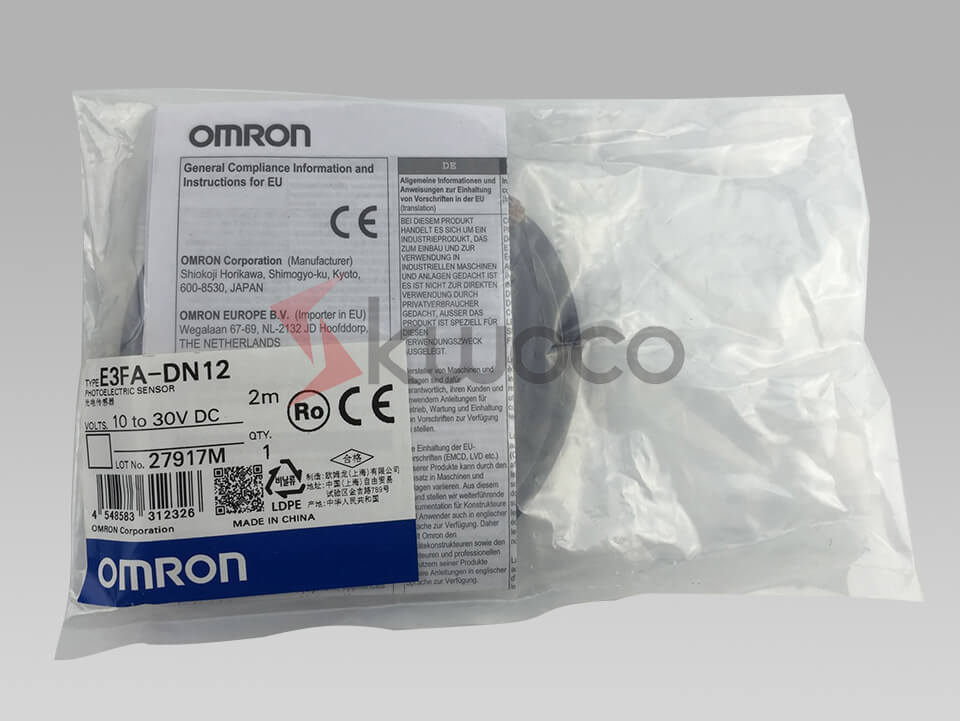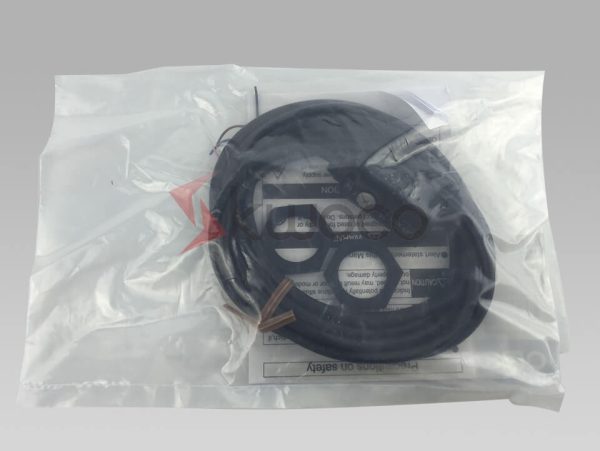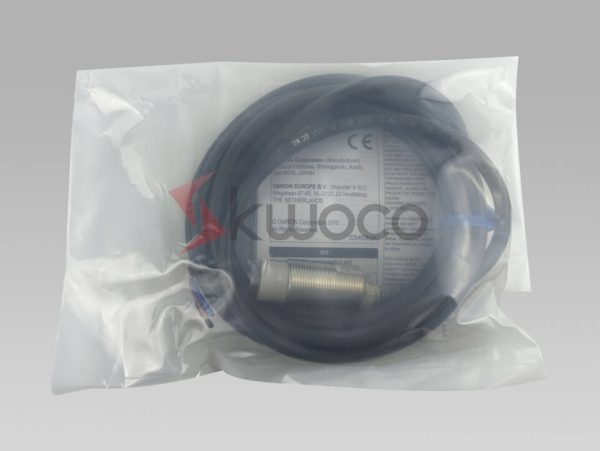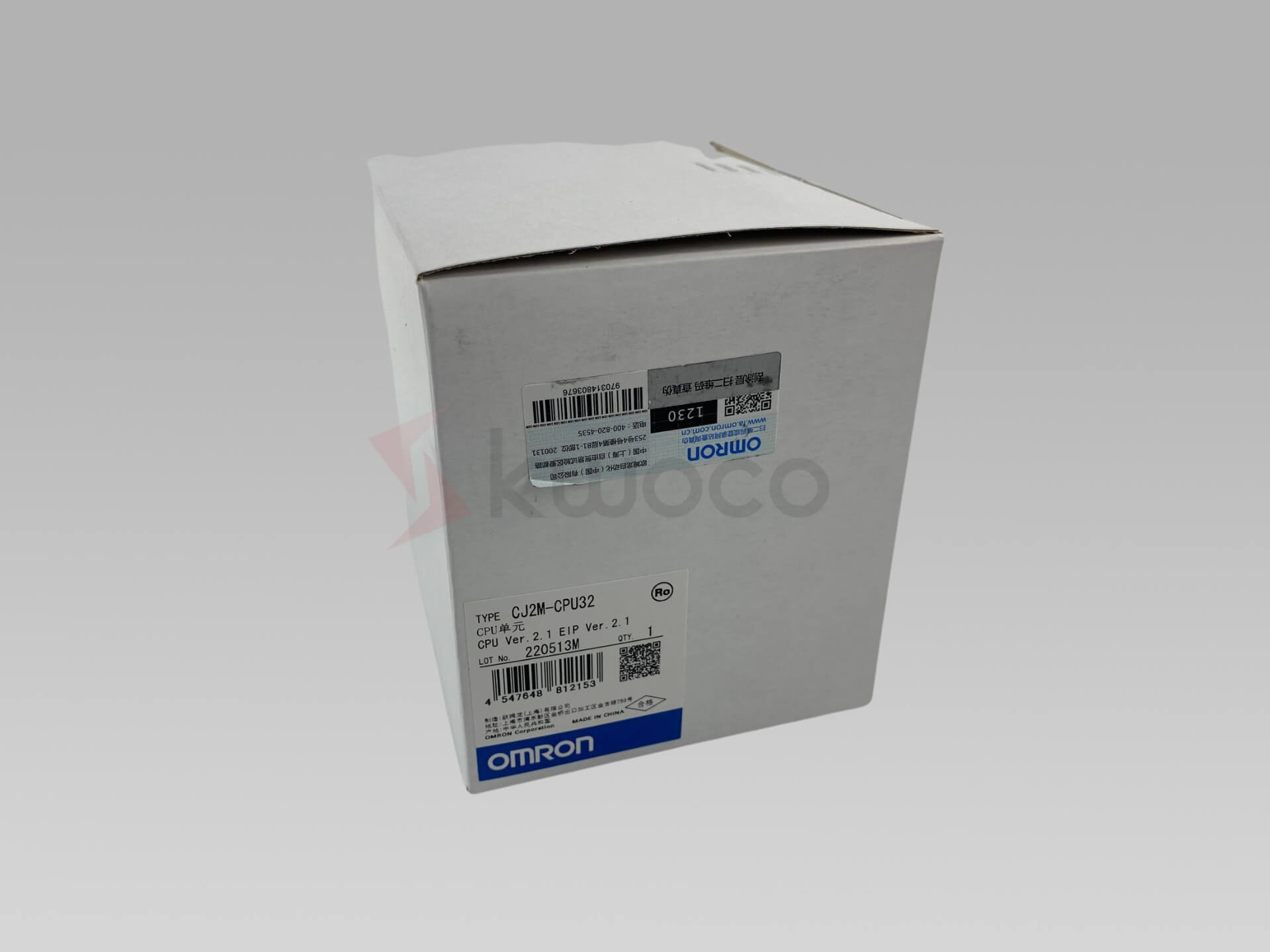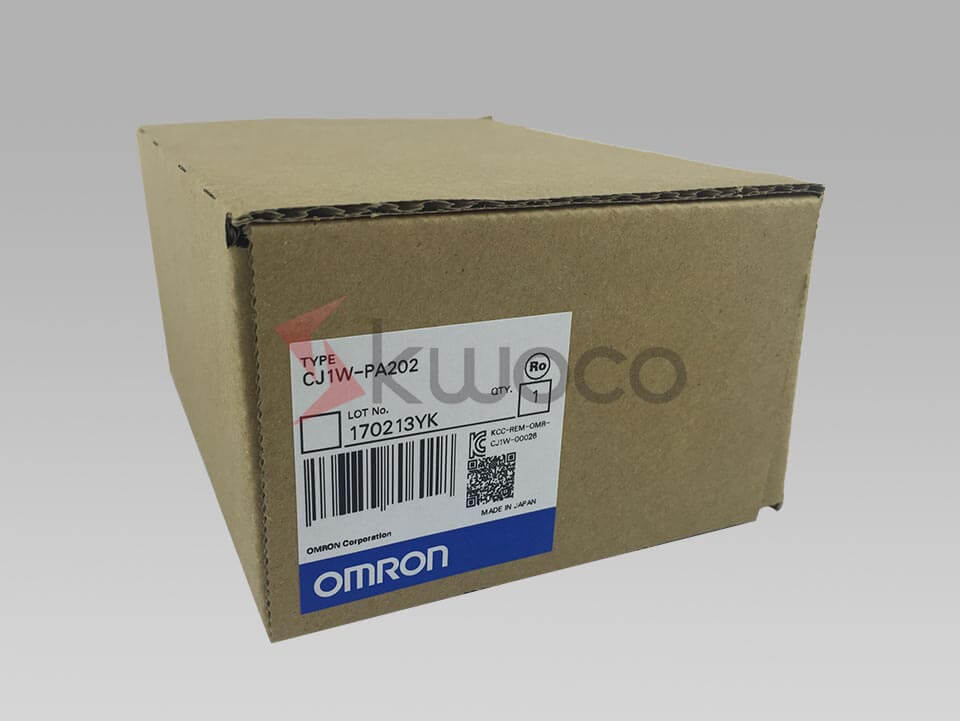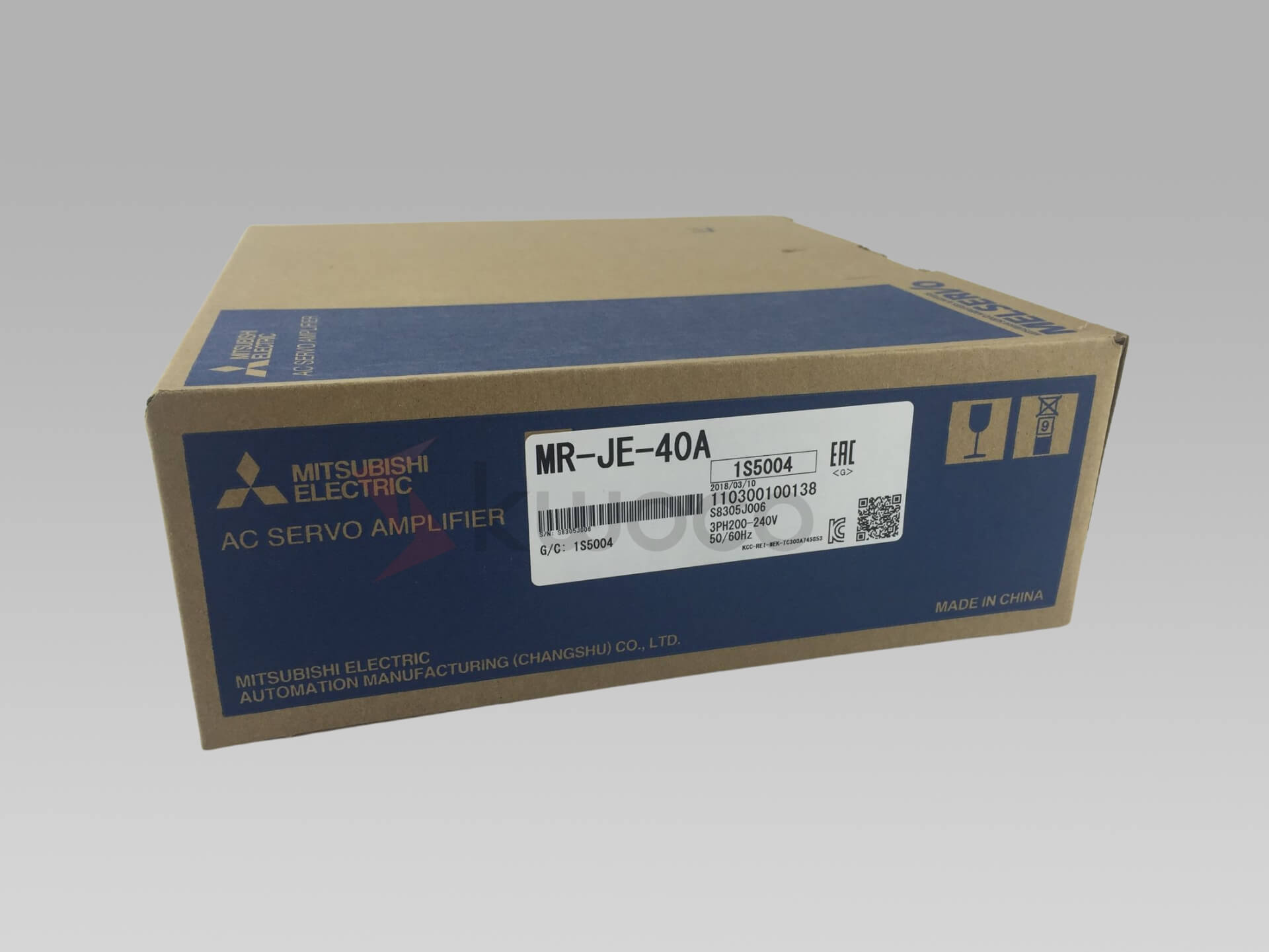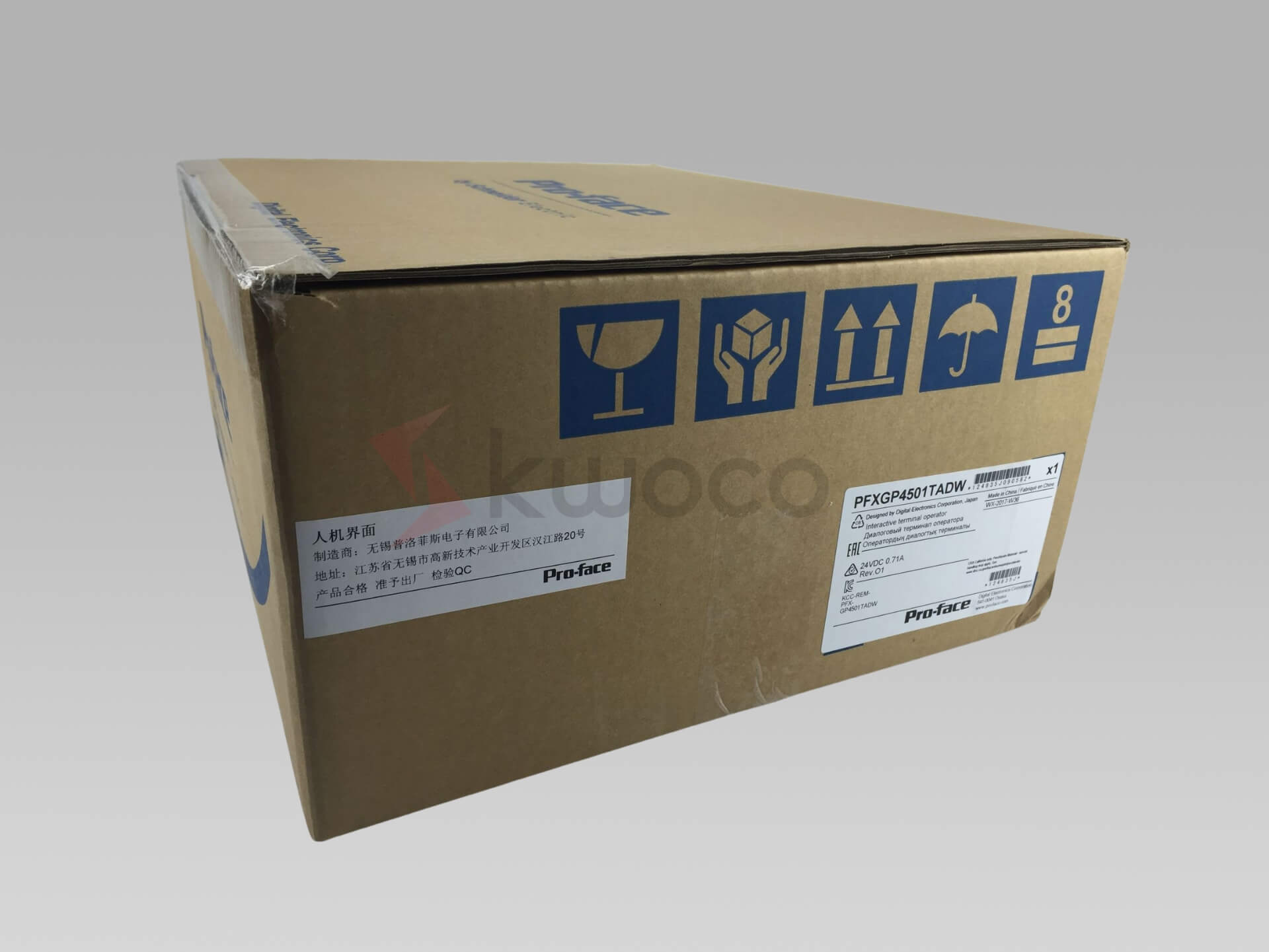Proximity Sensors: Inductive & Capacitive Explained
Table of Contents
What Exactly Is a Sensor, and How Are Proximity Sensors Used in Industrial Automation?
In the realm of industrial automation, a sensor is the unsung hero, tirelessly working to bridge the gap between the physical world and the controller systems that drive our factories.
At its core, a sensor is a device that detects a physical quantity or condition – such as temperature, pressure, light, or, in the case of proximity sensors, the presence of an object – and converts it into an electrical signal that can be interpreted by a controller.
Proximity sensors, in particular, are vital. These sensors are usually designed for non-contact detection, meaning they can detect the presence of an object without physically touching it.
This is a game-changer in many industrial scenarios, because it reduces wear and tear and increases the speed and reliability of the detection process. Instead of relying on physical contact, proximity sensors utilize various technologies to sense when an object enters their sensing range.
This could involve emitting a beam of light, generating a magnetic field, or emitting sound waves, depending on the type of proximity sensor. Because of this, you’ll find that proximity sensors use a range of methods from inductive and capacitive to ultrasonic proximity sensors and also photoelectric sensors.
From precise positioning in robotic arms to automated counting on assembly lines, proximity sensors are the backbone of countless automated tasks. Their ability to deliver real-time feedback to controller systems enables machines to react instantly to changing conditions, leading to increased productivity and optimized processes within the realm of industrial applications.
How Do Inductive Sensors Work, and What Makes Them Suitable for Metallic Object Detection?
Inductive sensors are workhorses of the industrial world, especially when it comes to metallic object detection. Their operation is based on the principles of electromagnetism, using a magnetic field to detect the presence of metallic targets.
Here’s a breakdown of how they work: An inductive sensor contains a coil and an oscillator circuit. When the oscillator is powered, it generates an oscillating magnetic field that extends from the front of the sensor.
When a metallic target enters this magnetic field, it causes eddy current to flow within the target. These eddy current draw energy from the oscillating magnetic field, reducing the oscillation amplitude. The sensor detects this change in amplitude and triggers the output of the sensor.
The beauty of inductive sensors lies in their specificity. They respond almost exclusively to metallic objects, making them ideal for applications where you need to ignore non-metallic materials.
Think of a conveyor belt sorting system that needs to separate aluminum cans from plastic bottles; an inductive sensor would be perfect for detecting the aluminum.
The key to their effectiveness is the use of a coil that creates a magnetic field, which is why understanding inductive sensors relies on understanding electromagnetism.
This non-contact detection method ensures minimal wear and tear, making inductive sensors a reliability choice for demanding industrial applications. Inductive proximity sensors are used for these types of industrial applications.
What Are the Key Components of an Inductive Sensor, Such as the Coil, Oscillator, and Amplifier?
To fully appreciate how an inductive sensor works, it’s important to understand its key components:
Coil: The heart of an inductive sensor is its coil, typically made of tightly wound wire around a ferrite core. When electricity flows through the coil, it creates a symmetrical magnetic field. This magnetic field is the sensing field that interacts with metallic objects. The size and shape of the coil determine the sensing range of the sensor.
Oscillator: The oscillator is an electronic circuit that generates an alternating current (AC) signal. This AC signal is fed to the coil, causing it to begin to oscillate and emit the magnetic field. The oscillator ensures that the magnetic field is constantly present, ready to detect changes caused by nearby metallic objects.
Schmitt Trigger: The Schmitt trigger takes the signal from the oscillator and converts it into a clean digital output of the sensor. It helps to eliminate false triggering caused by noise or small fluctuations in the oscillation amplitude.
Amplifier: The amplifier boosts the signal from the Schmitt trigger to a level that can be reliably used by the controller system. This ensures that the controller receives a clear and unambiguous signal from the sensor.
These components work together in perfect harmony to provide accurate and reliable detection of metallic objects. The coil generates the magnetic field, the oscillator keeps it oscillating, the amplifier increases the signal strength, and the Schmitt trigger provides the necessary signal cleaning and shaping.
What Is the Role of the Magnetic Field in Inductive Sensing, and How Does It Enable Non-Contact Detection?
The magnetic field is the star of the show in inductive sensing. It’s the invisible force that allows inductive sensors to detect metallic objects without ever touching them.
Here’s how it works: The coil within the inductive sensor is energized by the oscillator, which causes it to generate an oscillating magnetic field. This magnetic field extends outward from the sensor, creating a sensing zone.
When a metal target enters this sensing zone, the magnetic field interacts with the metal, inducing eddy current within the target.
These eddy current act like tiny electromagnets, creating their own magnetic field that opposes the magnetic field generated by the sensor. This opposition reduces the oscillation amplitude of the sensor’s coil.
The sensor detects this change in amplitude and triggers the output of the sensor, indicating that a metallic object has been detected.
Because the sensor relies on the interaction between magnetic field and the metallic target, it never needs to make physical contact. This non-contact detection has several advantages:
- Reduced wear and tear: No physical contact means no friction or abrasion, extending the lifespan of the sensor.
- Increased speed: Detection is nearly instantaneous, allowing for high-speed applications.
- Improved hygiene: Non-contact detection is ideal for applications where contamination is a concern, such as in the food and beverage industry.
- Detection through non-metallic barriers: The magnetic field can penetrate some non-metallic materials, allowing detection through plastic or cardboard packaging.
The magnetic field is therefore the key that unlocks the power and versatility of inductive sensors, enabling non-contact detection in a wide range of applications.
How Do Capacitive Sensors Operate, and How Do They Differ from Inductive Sensors?
While inductive sensors are the go-to choice for detecting metallic objects, capacitive sensors offer a broader detection capability, capable of detecting a wider types of materials, including metallic and non-metallic objects.
Capacitive sensors operate on the principle of capacitance, which is the ability of a body to store an electrical charge.
A capacitive sensor essentially acts as a capacitor, consisting of two plates separated by a dielectric (insulating) material, forming a non-contact approach. The sensor is linked to an oscillator in the same manner as like inductive sensors.
When an object enters the sensing zone, it changes the capacitance of the sensor. This change in capacitance alters the frequency of the oscillator. The sensor detects this frequency shifts and triggers the output of the sensor.
The key difference between inductive and capacitive lies in the type of field they use for detection. Inductive sensors rely on a magnetic field, while capacitive sensors use an electrostatic field.
This makes capacitive sensors more sensitive to a wider range of materials, including plastics, liquids, and even powders. Capacitive proximity sensor are generally preferred in these types of situations.
However, this broader sensitivity also means that capacitive sensors are more susceptible to environmental factors, such as humidity and temperature changes, which can affect their accuracy.
Therefore, it is important to assess how a variety of ambient conditions can significantly impact the accuracy of sensor solutions.
What Are the Main Components of a Capacitive Sensor, and How Does the Capacitance Change with the Proximity of an Object?
Just like inductive, capacitive sensors also have key components that enable their operation:
Sensing Plates: Capacitive sensors use two conductive plates that form a capacitor. These plates are linked to an oscillator.
Oscillator: The oscillator generates an AC signal that charges and discharges the plates. The frequency of the oscillator is directly related to the capacitance of the sensor.
Detection Circuit: This circuit monitors the frequency of the oscillator and detects changes in capacitance.
Output Amplifier: The output amplifier boosts the signal from the detection circuit to a level that can be used by the controller.
As an object approaches the sensing zone, it alters the dielectric constant between the two plates, which in turn changes the capacitance. The closer the object, the greater the change in capacitance. This change is then detected by the detection circuit and converted into an output of the sensor.
The change in capacitance is directly proportional to the size and proximity of the object, as well as its dielectric properties. Objects with higher dielectric constants will cause a greater change in capacitance and therefore be more easily detected.
In What Ways Are Inductive and Capacitive Sensors Different, and When Should You Choose One Over the Other?
Choosing between an inductive and capacitive sensor depends largely on the types of materials you need to detect and the environment in which the sensor will be used. Here’s a breakdown of the key differences:
| Feature | Inductive Sensor | Capacitive Sensor |
|---|---|---|
| Detection Target | Metallic objects only | Metallic and non-metallic objects |
| Sensing Principle | Magnetic field interaction | Capacitance change |
| Sensitivity | Highly specific to metallic objects | More sensitive to environmental factors |
| Environment | Less affected by environmental factors | More susceptible to humidity and temperature |
| Applications | Metallic object detection, position | Level detection, material identification |
As a general rule:
Choose inductive sensors when you need to detect metallic objects with high precision and reliability, and when the environment is harsh or variable.
Choose capacitive sensors when you need to detect a wider range of materials, including liquids, powders, and plastics, and when environmental factors are relatively stable.
Inductive sensors would be ideal for detecting the presence of metallic parts in a machine, while capacitive sensors might be used to detect the level of liquid in a tank. Understanding these differences is crucial for selecting the right sensor for your specific applications.
Where Are Inductive Proximity Sensors and Capacitive Sensors Commonly Used in Industrial Applications?
Both inductive proximity sensors and capacitive sensors find extensive use across various industrial applications.
Inductive proximity sensors are used:
- Position detection in machinery: Ensuring that parts are in the correct position before a process starts.
- Speed monitoring: Detecting the rotational speed of shafts and gears.
- Metal detection: Sorting metallic parts from non-metallic materials.
- Robotics: Precise positioning of robotic arms and end effectors.
- Automotive Industry: Detecting the presence of metallic components in assembly lines.
Capacitive sensors are widely used in:
- Level detection: Monitoring the level of liquids, powders, and granular materials in tanks and hoppers.
- Material identification: Distinguishing between different types of materials** based on their dielectric properties.
- Proximity sensing: Detecting the presence of objects behind non-metallic** barriers.
- Packaging industry: Detecting** the presence of products inside packaging.
- Food and Beverage: Verifying fill levels and material presence in a sterile and non-contact manner.
From automotive assembly lines to food processing plants, these sensors are also critical for ensuring smooth and efficient operations, showcasing their versatility and applications.
Besides Inductive and Capacitive Sensor, What Other Sensor Types Exist?
While inductive and capacitive sensors are powerful tools for proximity sensing, they are just two pieces of the puzzle. The world of industrial sensors is vast and varied, with each type designed for specific applications. Here are a few other common sensor types:
- Photoelectric Sensors: These sensors use two separate devices to detect objects by emitting and receiving a beam of light.
- Retro-reflective photoelectric sensors – The beam of light is emitted and bounces off a reflector beam back to the receiver. This is useful for detection when the clear plastic breaks the beam of light.
- Fixed-field diffuse sensors – The light is emitted and the sensor detects reflected light. Some are sensor is dark-on and some are sensor is light-on.
- Ultrasonic Sensors: These sensors emits a series of sonic pulses and measure the time it takes for the series of sonic pulses to return, determining the distance to the object. These are similar to photoelectric and ultrasonic.
- Ultrasonic throughbeam sensors – These sensors use two separate devices to detect objects by emitting and receiving sound waves.
- Ultrasonic Proximity Sensors: Rely on sound waves to detect objects, making them suitable for detecting objects at a distance or in challenging environments.
In addition, also photoelectric sensors are used in many industrial settings. Photoelectric sensing can be achieved through various methods.
Each sensor type has its strengths and weaknesses, so selecting the right sensor depends on the specific applications and requirements. For instance, in clear object detection scenarios, also photoelectric sensors are generally preferred.
What Are Some Common Challenges in Using Proximity Sensors, and How Can False Triggering Be Avoided?
While proximity sensors offer numerous advantages, they can also present some challenges. One of the most common is false triggering, which occurs when the sensor incorrectly detects an object when none is present, or vice versa.
Here are some common causes of false triggering and how to avoid them:
- Electrical Noise: Electromagnetic interference from nearby equipment can disrupt the sensor’s signal.
- Solution: Use shielded cables, filters, and surge suppressors to minimize electrical noise.
- Environmental Factors: Temperature changes, humidity, and dust can affect the sensor’s accuracy.
- Solution: Choose sensors that are designed for the specific applications and environment, and ensure proper sealing and protection.
- Target Properties: The size, shape, and material of the target object can influence the sensor’s performance.
- Solution: Select sensors with appropriate sensing ranges and adjust the sensitivity settings for optimal detection.
- Mechanical Vibration: Vibration can cause the sensor to move or shake, leading to false triggering.
- Solution: Mount the sensor securely and use vibration-damping materials.
To prevent false triggering, it’s crucial to carefully select the right sensor for the application, install it correctly, and regularly maintain it. By addressing these potential issues, you can ensure the reliability and accuracy of your proximity sensors.
In some situations, the sensing sweet spot can easily be affected by extreme textures and color and transparency. In these situations, non-laser sensors might be an ideal choice.
By understanding the nuances of each sensor, and what makes it prone to a specific applications, you can maximize the advantages of each sensor type. This is particularly true in situations that can be prone to false triggering.
Frequently Asked Questions
The sensing range varies widely depending on the type of sensor and its design. It can range from a few millimeters to several meters.
Some capacitive sensors can detect objects through non-metallic walls, but the thickness and material of the wall will affect the detection range.
Consider the types of materials you need to detect, the environment in which the sensor will be used, and the required sensing range and accuracy.
Normally open (sensor is light-on) sensors are off when no object is detected, and turn on when an object is present. Normally closed (sensor is dark-on) sensors are on when no object is detected, and turn off when an object is present.
The calibration frequency depends on the application and the environment. However, it is important that sensors operate best with a high degree of reliability. Refer to the manufacturer’s recommendations for specific calibration guidelines.
Power your projects with brand-new, original Omron, Keyence, Schneider Sensors – in stock, ready now!
Conclusion
As a leading provider of industrial automation and control products, we understand the critical role that sensors play in optimizing your manufacturing processes.
Whether you’re in machinery and equipment manufacturing or provide factory solutions, we offer a comprehensive range of sensors, including inductive, capacitive, and proximity sensors, to meet your specific needs.
Our expertise and high-quality products ensure greater efficiency, reliability, and productivity for your operations.
Ready to take your automation to the next level? Contact us today to discuss your requirements and explore our tailored sensor solutions. We can help you choose the right sensor for your specific applications and provide expert support to ensure seamless integration and optimal performance.
Explore our other product offerings:
- Learn more about our reliable PLC systems.
- Optimize your machine control with our advanced Servo drives.
- Enhance your operator interface with our intuitive HMI panels.
- Boost energy efficiency with our high-performance Inverter solutions.
- Discover our range of Omron automation products.
- Find the perfect proximity solution with Omron Sensors
- Explore HMI operator interfaces with Proface HMI.
Contact Us
Just fill out your name, email address, and a brief description of your inquiry in this form. We will contact you within 24 hours.
You May Also Find These Topics Interesting
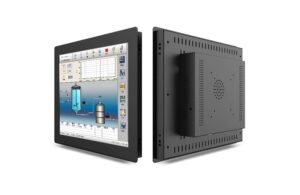
LCD, Digitizer, or Touchscreen Woes? Find the Perfect Industrial Display Solution!
Is your industrial equipment’s display cracked, unresponsive, or simply outdated? Understanding the difference between LCDs, digitizers, and touchscreens is crucial for effective repairs and upgrades. This article dives deep into the world of industrial displays, helping you diagnose problems, choose the right replacement parts, and optimize your machinery for peak performance. We will walk you through what is the digitizer, what is lcd, what is the touchscreen! It’s time to stop guessing and start fixing!
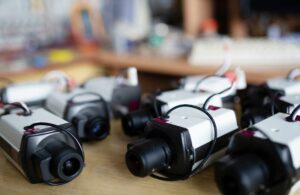
Digital vs Analog Servos: Which Is Better for Your RC Motor?
This article delves into the intricacies of servo technology, specifically focusing on the debate between digital vs analog servos in the realm of RC motors. Whether you’re a machinery equipment manufacturer or an industrial control solutions company, understanding the nuances of servo operation is crucial for optimizing performance and efficiency in automation control within manufacturing plants. This read will provide you with the knowledge necessary to make an informed decision about which type of servo best suits your needs, ultimately enhancing your product offerings and solutions.
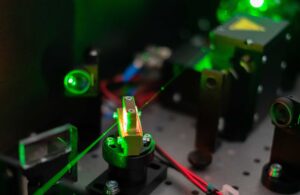
Do Photoelectric Sensors Need Reflectors? Expert Insights
One question that comes up frequently is: Does a photoelectric sensor need a reflector? The answer isn’t a simple yes or no—it depends on the type of sensor and the application’s requirements. Let’s delve into the details to clarify this topic.

